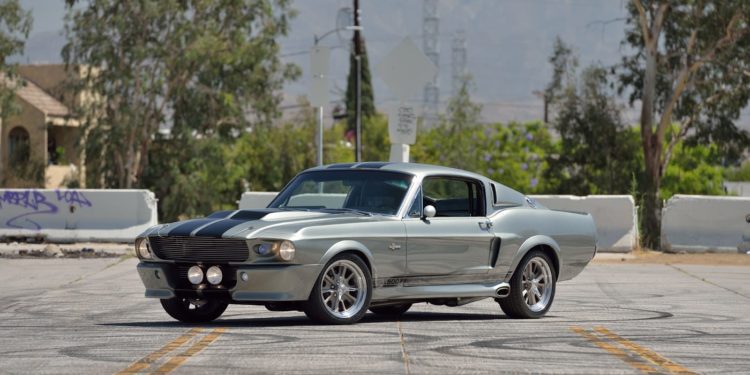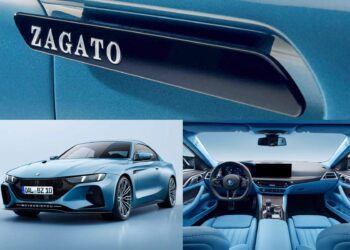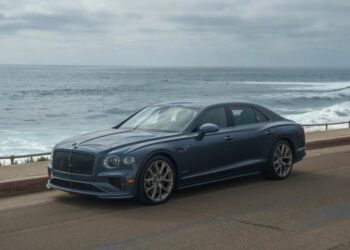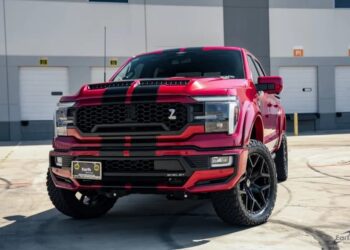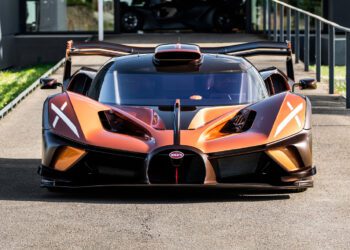It’s been roughly 55 years since Ford changed the automotive world, and the world in general with the introduction of the Mustang, and in that time the car has become a cultural icon, a motorsport legend, and a blueprint for what an American sports car should bring to the table. With international popularity and fervent love for the Mustang among so many people across generations, the question of the best Mustang model can be answered in many different ways depending on which of the Mustang’s attributes you like the most. The Mustang has no problem delivering dynamics, pure power, and classic beauty, and the best Mustangs of all time do that like few other cars in the world. When it comes to Mustangs, we’ve compiled the very best, meaning that for whatever you want out of a pony car, you know exactly the best Mustang to buy.

2020 Ford Mustang Shelby GT500
Shelby knows how to turn up the volume on a Mustang, and the 2020 model is probably the highest they’ve cranked it yet. With the Mustang’s sixth generation as its canvas, the 2020 Shelby is already outfitted with the most dynamic Mustang yet. The icing on the cake comes in the form of a few things: a 5.2-liter V-8 pushing out 760 horsepower, Michelin Pilot Sport 4S tires, and a seven-speed dual-clutch automatic transmission to send your GT500 flying to 60 mph in less than 4 seconds. What really makes the 2020 GT500 stand out, however, is the carbon-fiber wheels. For 2020, Shelby went the extra mile for performance and offered a feature that usually is reserved for elite hypercars, all in the name of speed.
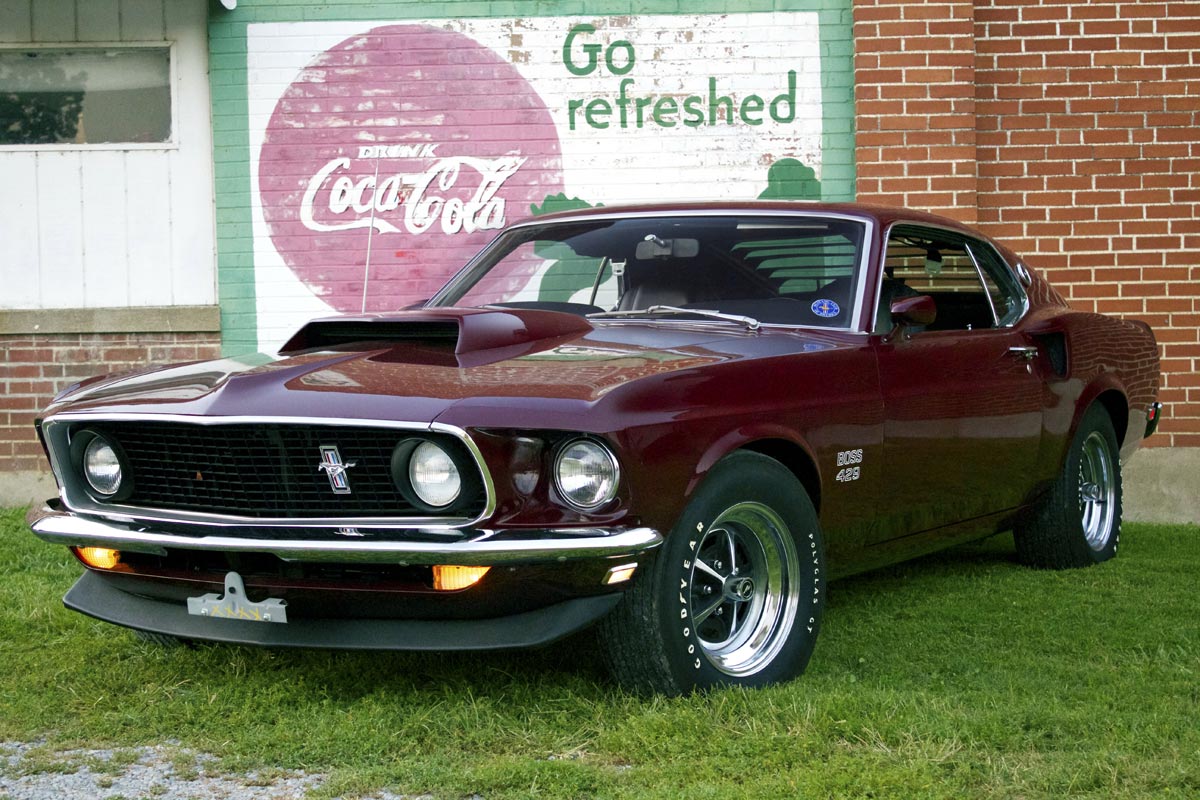
1969 Boss 429
Even in its early days, the Mustang was in charge of the sports car world. Hence the Boss model of 1969, with a whopping 429 cubic-inch 7.0-liter V8 that produced an incredible 375 horsepower for the time. That power went through a 4-speed manual transmission, sending the Boss to 60 miles per hour in 7.1 seconds, and to a sub-14-second quarter-mile. Even the engine itself is steeped in history and pedigree. The 429 engine is semi-hemispherical, and Ford built it to qualify for Nascar, making the 1969 Boss 429 Mustang a formidably strong contender wherever it was, whether that be the street or the track.
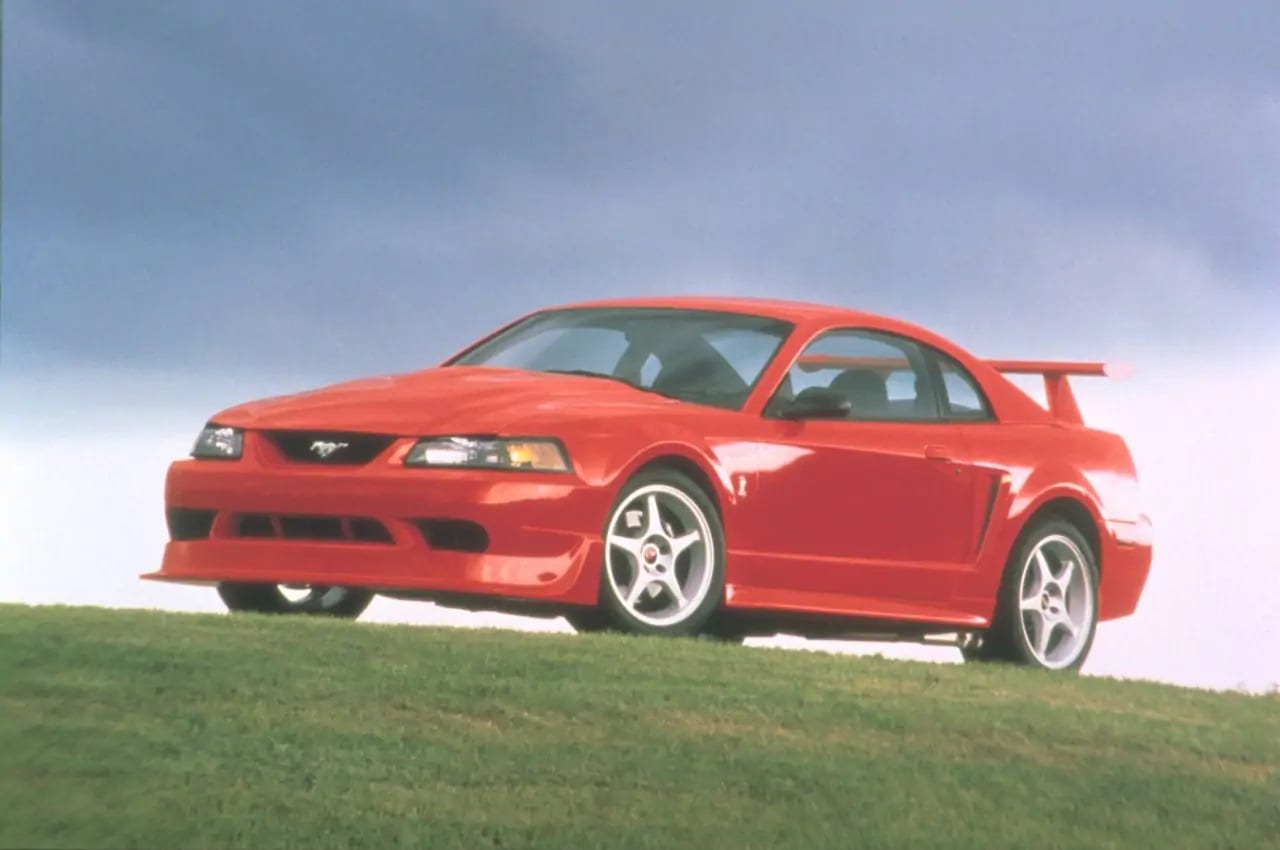
2000 SVT Cobra R
The single color that this modern classic performance Mustang came in was a great indicator of the red-hot performance that resided under the hood. With just 300 ever built-in Performance Red only, the Cobra R stands out due to much more than just its color and its gigantic fixed spoiler. With Recaro racing seats, the ultimate measures are taken in the name of weight savings, and its 385 horsepower 5.4-liter V8, the Cobra R made it clear that SVT was more than ready to make its mark on the 21st century for car enthusiasts all over the world. The mark it made? A 0-60 time of just 4.4 seconds, and a sub-13-second quarter-mile.
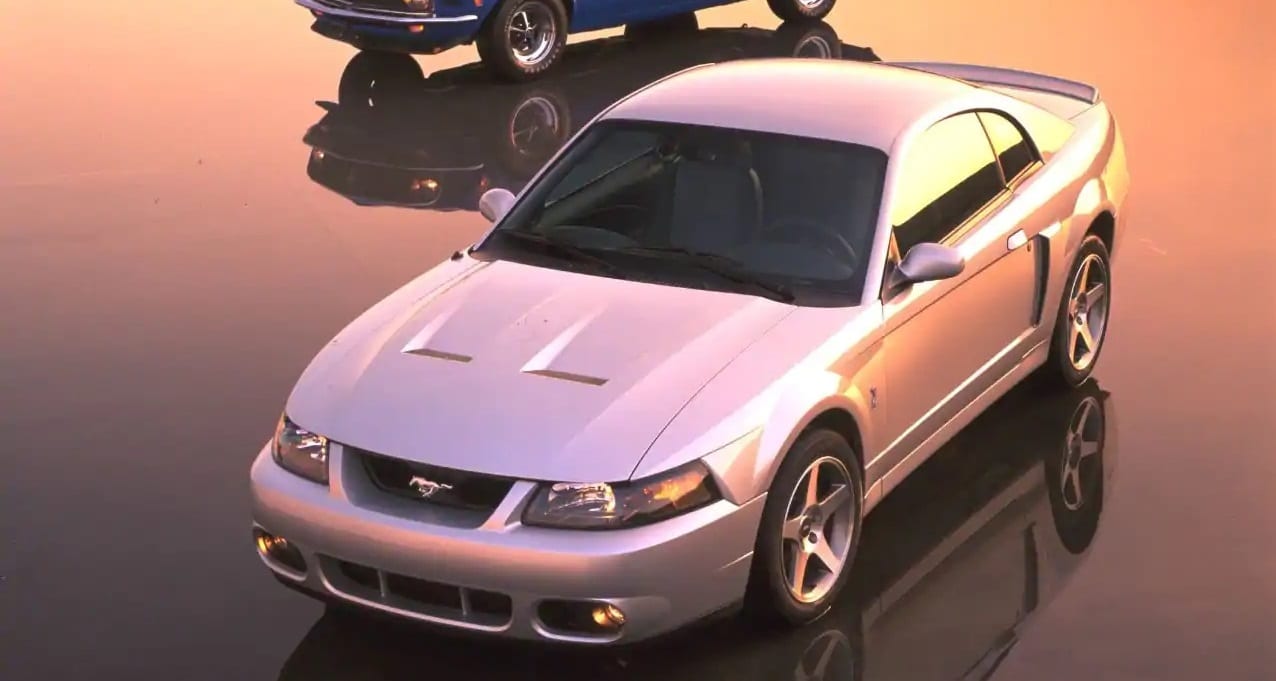
2003 SVT Cobra
The final generation of the SVT Cobra had an important task: to make sure that the SVT Cobra was gone but not forgotten, and it did more than deliver on that. Its drivers were granted the use of 390 horsepower and 390 pound-feet of torque from a 4.6-liter supercharged V8, which came through a Tremec T-56 six-speed transmission, which made the Terminator Cobra good for a 4.5 second 0-60 and a limited 155 mph top speed. And when the 2003 SVT Cobra took just 13.01 seconds to cover a quarter-mile, it made sure that the final SVT Cobra would live up to its codename, and terminate its competition.
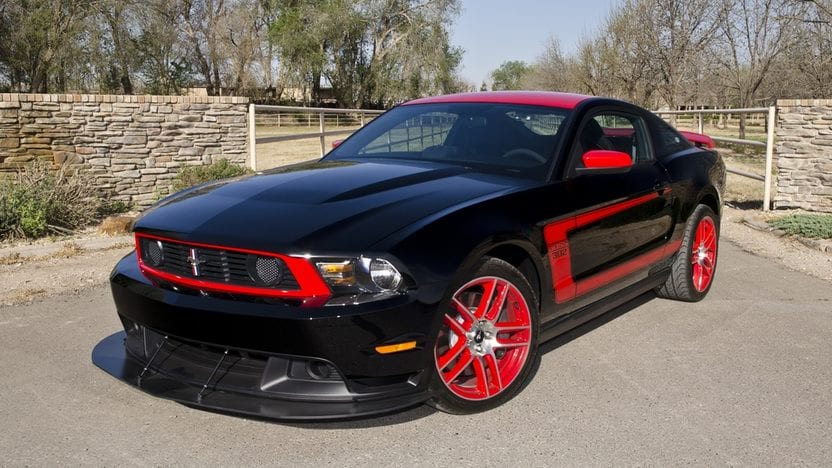
2012 Boss 302 Laguna Seca
The return of the Boss 302 nameplate in 2012 was nothing if not triumphant. Being a car that had plenty of expectations to live up to, the Boss 302 Laguna Seca Edition came prepared with Ford’s 5-liter Coyote V8 providing 444 horsepower, Recaro seats, deleted rear seats, upgraded suspension and chassis stiffening not only to live up to the Boss name but also to make sure it would be competent on its namesake race track, let alone race tracks in general. With special high performance tires and brakes translating all of that to the road, what you end up with is a 4.2 second 0-60 time, and a sub 12-second quarter mile.

2013 Shelby GT500
There was a time when traveling at a speed of 200 miles per hour was unthinkable, and there was a time when it was possible, but only with lots of money and lots of effort. With the introduction of the 2013 GT500, Shelby ended both of those eras and started their own by making a Ford Mustang that could top out at 202 mph with a 5-figure price tag. What got them there? A 5.8-liter supercharged V8 engine producing 662 horsepower, all only having to power less than two tons of car. And when it only needs 3.7 seconds to reach 60 miles per hour, the 2013 Shelby GT500 is a car that’s incredible at any speed.
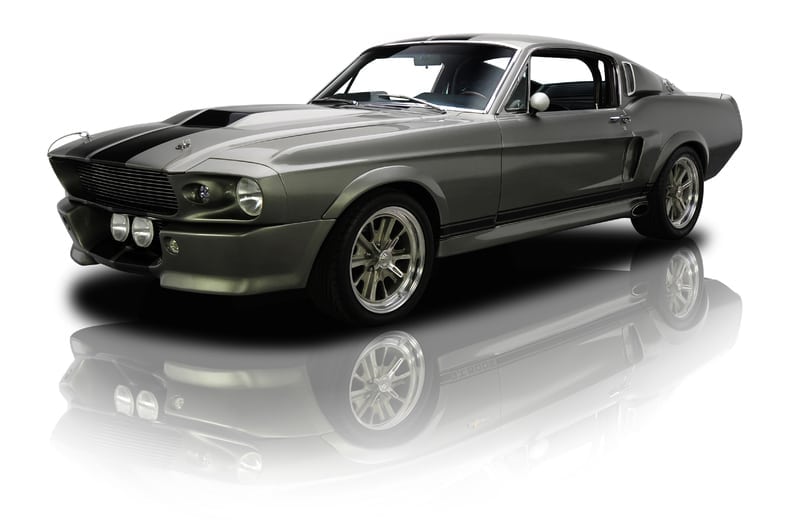
1967 Shelby GT500 Eleanor
Its premise being the grandest of grand theft autos, Gone In 60 Seconds was a movie that featured plenty of amazing cars. There was, however, one classic beauty that was central to the plot and has a lasting legacy for enthusiasts everywhere, and that was the 1967 “Eleanor” Shelby GT500. Since, Eleanor has become one of the most famous Mustangs of all time, with the iconic body of the first-generation Mustang, and a 7-liter V8 that was good for impressive numbers for the late sixties: 355 horsepower, 6.5 seconds for 0-60, and a 15-second quarter mile, putting “performance machine” right under “pop culture icon” on its resume.
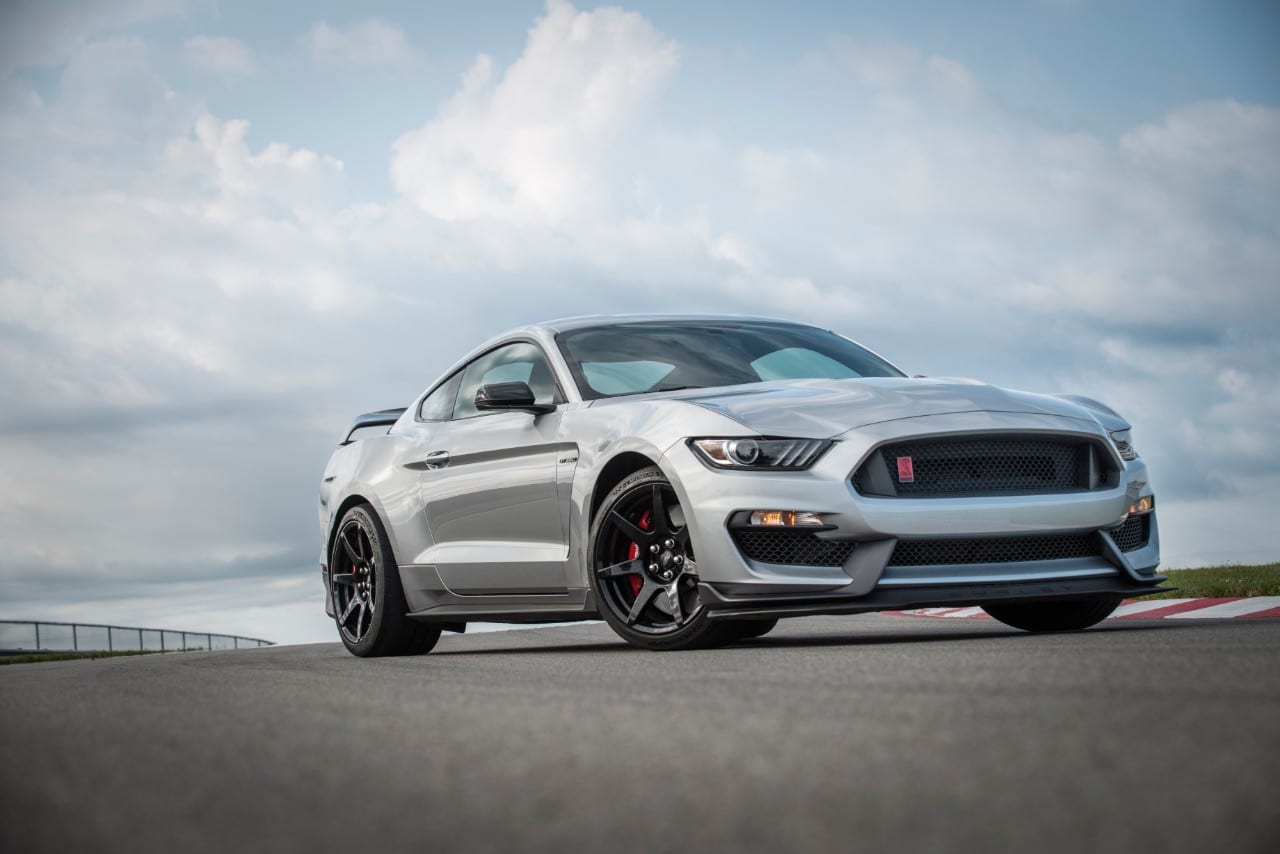
2016 Shelby GT350R
The GT350 is a Shelby Mustang that took the Mustang to a world-class level of performance car prowess, and the GT350R took it a level above that. With the 5.2-liter “Voodoo” V8 making 526 horsepower, a 0-60 time of just 3.8 seconds, and a top speed of 190 mph, it’s safe to say that the GT350R is the best modern Mustang, a car that is more than ready to go to bat for Ford and play against peers like the Porsche 911 and the C7 Corvette. And with Michelin Pilot Sport Cup 2 tires, carbon-fiber wheels, and a soaring wing to keep it on the road, the GT350R’s mission is clear from the moment you first see it: speed.

2011 Ford Mustang Shelby GT500 Super Snake
The 2011 GT500 Super Snake is Super indeed, and it’s specs have stood the test of time. With a 5.4-liter supercharged and intercooled V8 producing 800 horsepower, the Super Snake builds on the already formidable GT500, and takes it to an incredible level. On top of all this power, the Super Snake only weighs 3,751 pounds, meaning that it only takes 4.6 seconds to reach 60 mph, and in 12.4 seconds, and 117 mph, you’ve traveled a quarter mile, and who knows what will happen after that?
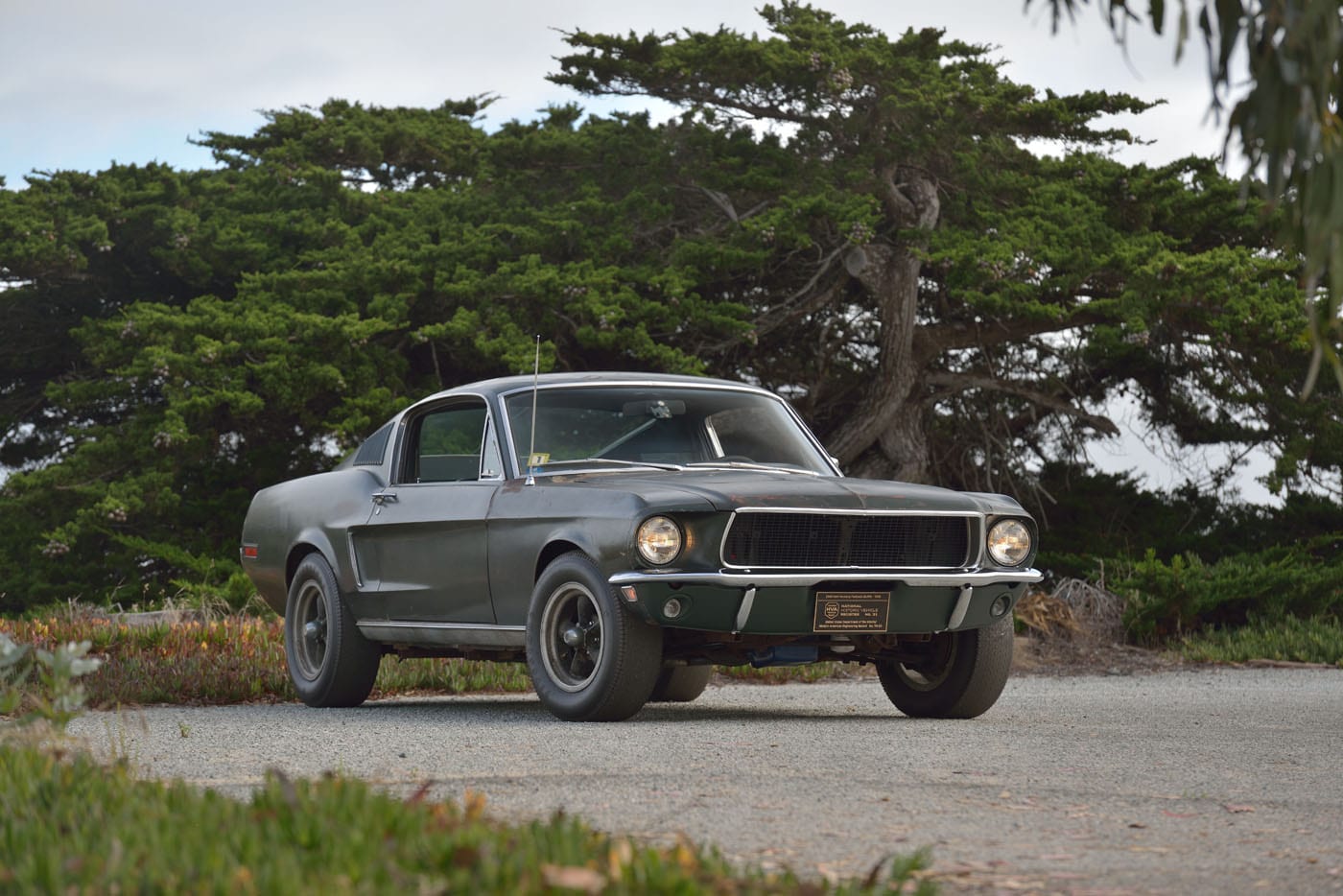
1968 Mustang GT Bullitt
It’s no secret that ever since its inception, the Mustang was a legendary car, and a celebrity of its own. That’s why the original 1968 Mustang that Steve McQueen drove in the movie Bullitt became the most expensive Mustang to ever be sold, selling for a bid of 3.74 million dollars this past January at Mecum’s Kissimmee Auction. Even besides its permanent legacy, the Bullitt Mustang was a car born out of a car that was, and still is thrilling and lots of fun to drive. 335 horsepower and a 6.3 second 0-60 time thanks to a 6.4-liter V8 are the reason that Mustang fans and car enthusiasts the world over know that at 52, the Bullitt Mustang isn’t ready to throw in the towel just yet.

2019 Ford Mustang Shelby Super Snake
If the 2019 Shelby Super Snake’s wide body and bulged hood scoop don’t tell you enough about how intimidating it is, maybe the sound of a 5.2-liter supercharged V8 will. But if you still aren’t convinced, the 2019 Super Snake has numbers that will tell anyone just how intimidating it really is. With 800 horsepower, 625 pound-feet of torque, and a 3.5 second 0-60 time, the Super Snake shows that even 55 years on, the Ford Mustang is still the car to beat when it comes to All-American performance.
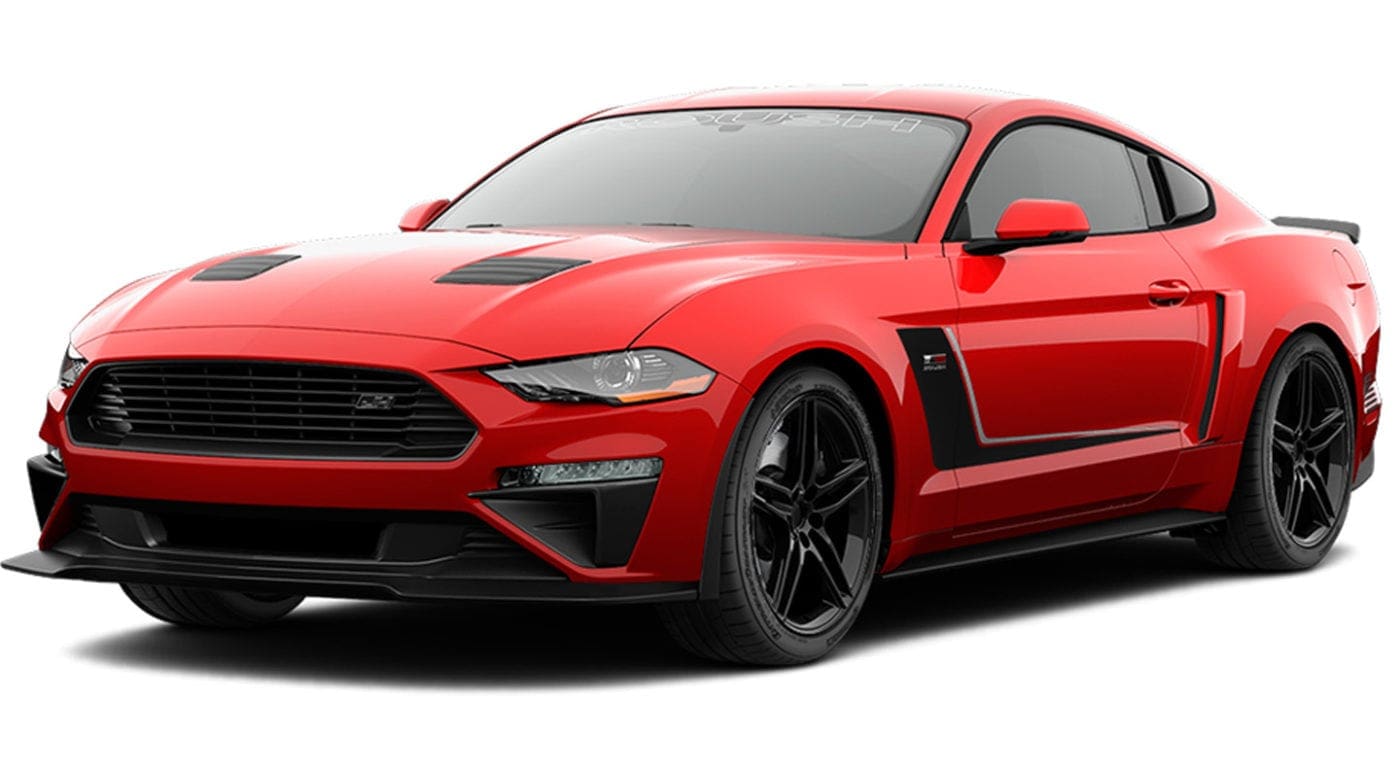
2018 Ford Mustang Roush GT Jackhammer
Roush has consistently been an important name when it comes to making Mustangs truly come to life. That’s why it didn’t take much to realize that the 2018 Roush GT Jackhammer was a car to be taken very seriously. What it takes for a Mustang GT to become a Roush GT Jackhammer is a supercharger that takes it to the level of 710 horsepower, as well as tires, suspension, and aero to match. That 710 horsepower takes your 0-60 time right down to 3.6 seconds, and your quarter mile time is less than 11. If fast is what you want, the Roush GT Jackhammer is what you should get.
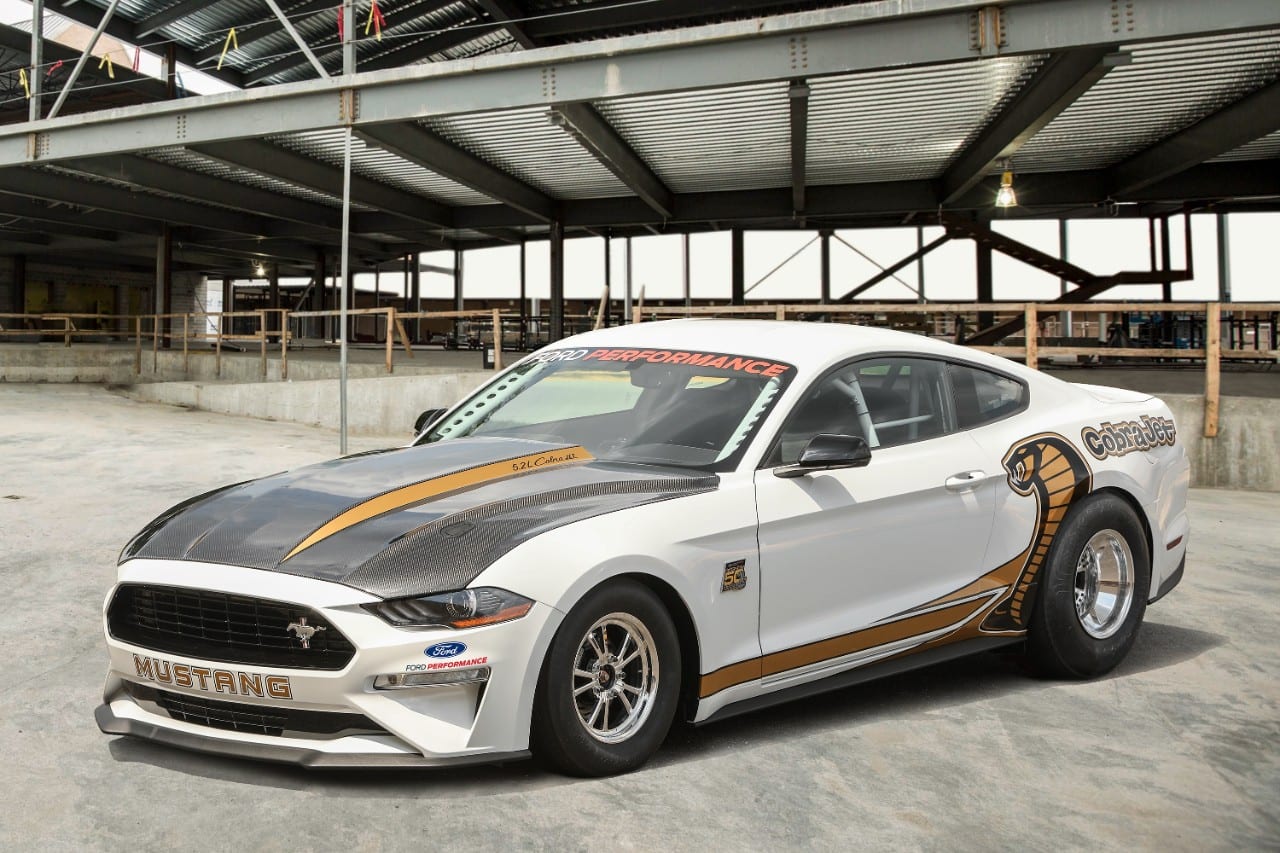
2018 Ford Mustang Cobra Jet
Drag racing is a celebrated American sport, and it’s been home to some of the greatest feats of engineering in the name of traveling in a straight line as fast as possible. So, what better way to celebrate drag racing and 50 years since the first Cobra Jet, than to make a new Cobra Jet, and make it the fastest drag racing Mustang ever? With 870 horsepower coming from it’s 5.2 liter V8, and the ability to cross a quarter-mile in 8.5 seconds at 150 mph, the 2018 Cobra Jet is nothing if not a celebration and a continuation of a heritage of pure performance.
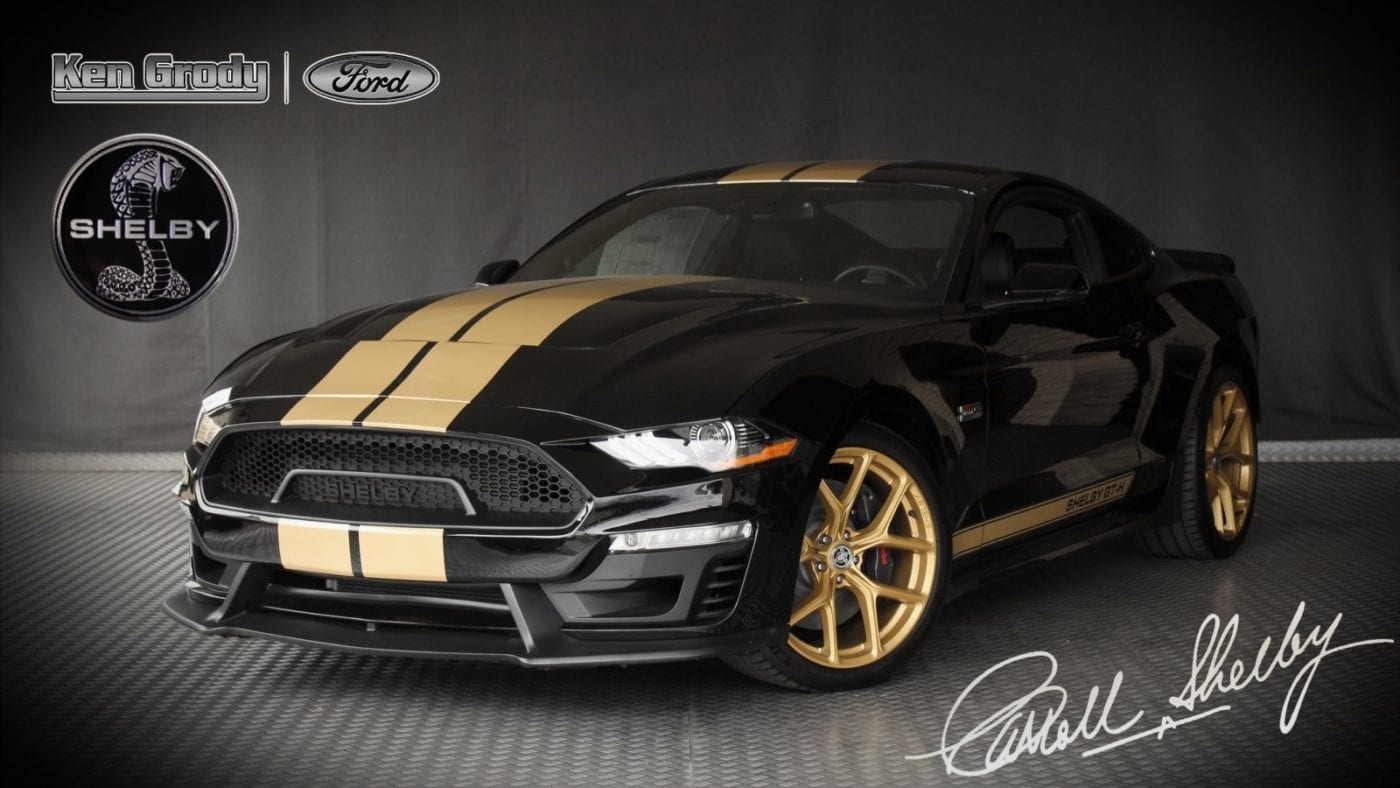
2019 Ford Mustang Shelby GT-H
The GT-H has always been a coveted and rare Shelby model. Its classic black and gold harkens back to a promotion done by Hertz Rent-A-Car 54 years ago in 1966. They placed Shelby GT-H cars in airports across the country and let Hertz customers rent them as part of a Rent-A-Racer promotion, and in 2019, a new Shelby GT-H Heritage Package was released with the same look, and a new attitude. With 480 horsepower coming from a 5-liter V8 and a 4.1 second 0-60, we don’t know how safe it would be to let anyone rent a machine like this today.
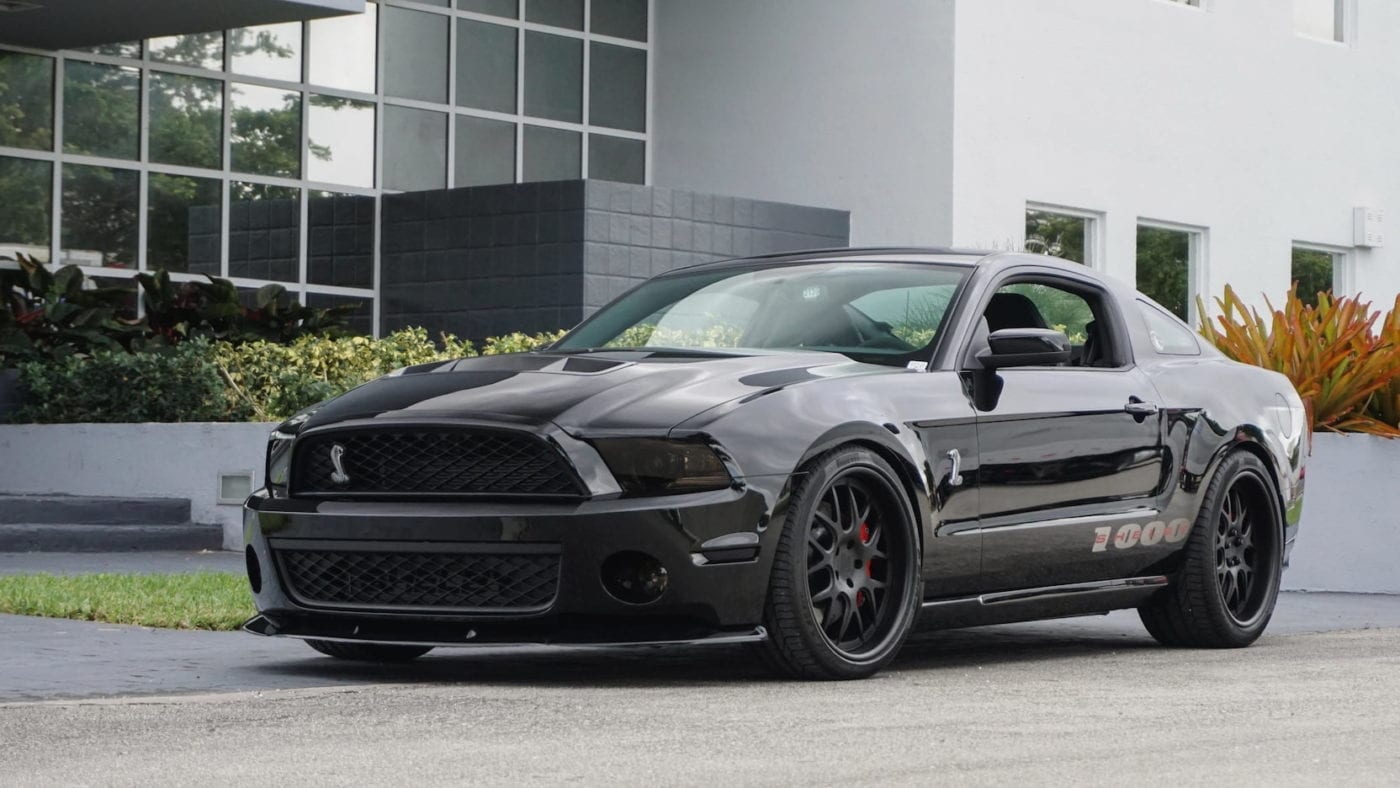
2012 Shelby 1000
There are lots of numbers that Shelby has made Mustangs achieve that before people thought were only reserved to the most elite and expensive of supercars and hypercars. In 2012, Shelby shattered expectations again, by making a Mustang with 950 horsepower, a 10 second quarter mile a la Fast and Furious, and the capability to reach the incredible speed of 215 miles per hour. All of this prowess and performance comes from a 5.4-liter supercharged V8 engine inside a Ford Mustang, and Shelby took both of those things, as they always do, to the absolute max, making the Shelby 1000 just another moment not only for Shelby history but for automotive history in general.

